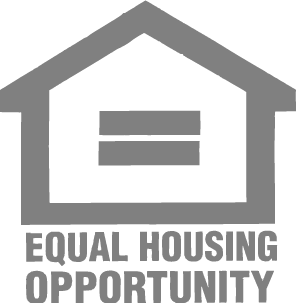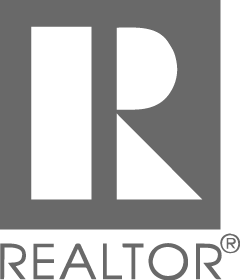A new decade means new opportunities and new investments to be made. 2020 is the year you can make a big change and see huge results. It’s never too late to add some simple additions to your New Year’s resolutions and set achievable real estate goals to set you up for the next decade. We’re here to help keep you on track and set you up for success!
1. Expand Your Horizons
Just as the times change, so do trends in the market. Investing in real estate allows you to learn so much about a variety of topics and makes you a well-rounded person, but it’s never too late to expand your vision and learn something new. Ask questions about a real estate investment type you’ve never tried, research short-term rentals, or dig into where the next up-and-coming neighborhood will be. If you need help researching, don’t hesitate to give TALK Property Management a call.
2. Focus on Time Management
The more investment properties you have, the larger your scope of responsibilities to take care of your tenants and maintain the property. As your portfolio and the number of properties you invest in grows, it becomes more and more important to build a team you trust to help you spend your time wisely. With TALK Property Management, we help you take care of all the day-to-day duties of owning a property and come with a great team you can always rely on.
3. Stay Informed
You never want to lose touch on how your properties are doing, what the current tax exemptions are, or any coming changes that could affect you. When you partner with TALK Property Management, we always keep you in the loop, and we’re never more than one phone call away to answer all of your questions.
If you’re curious about the services we offer to help anyone investing in real estate, check out our About Us page. We’re here to make sure your real estate investment is a success, so let’s get 2020 started off on the right foot! Give us a call at 512-721-1094.


